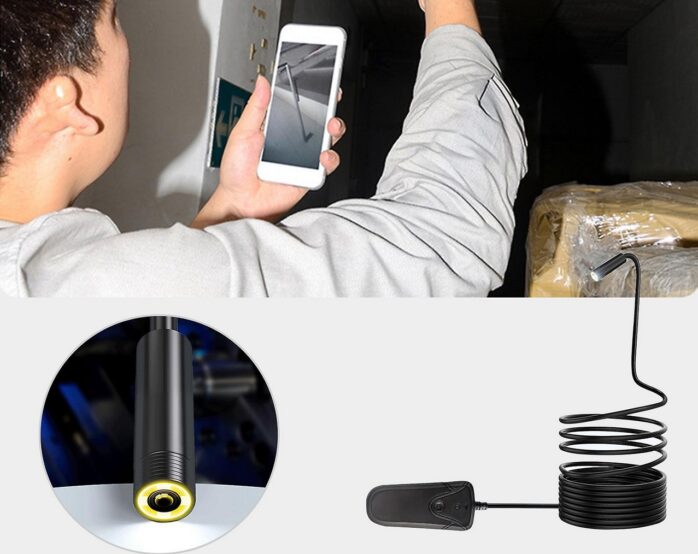
You’ve probably seen plumbers use sewer snake cameras on home renovation shows and wondered what those things do and how they work. Those long cables and monitors seem complicated to a beginner, but sewer snake cameras are pretty straightforward. A sewer snake camera is a plumbing tool used to inspect and diagnose issues with underground sewer and drain lines. It consists of a long, flexible cable with a camera on the end that plumbers feed into your pipes. The camera transmits live video to a monitor, allowing plumbers to get a good look at what’s happening in your plumbing without digging up your yard.
What Is a Sewer Snake Camera?
To use one, you feed the cable into your sewer or drain line through an opening like a cleanout plug or drain. As the cable snakes through the pipe, the attached camera transmits real-time video to a monitor so you can get a view of the inner workings of your plumbing.
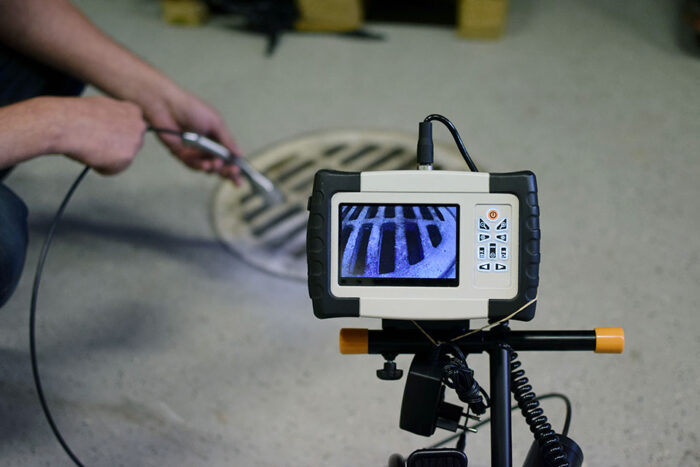
Sewer snake camera come in handy for:
- It is locating clogs or blockages before attempting to clear them. You can see exactly what’s causing the problem and how far into the pipe it is.
- They check for pipe damage or leaks before they become big, expensive issues. Early detection of cracks, holes, or pipe corrosion can help avoid water damage and costly repairs down the road.
- Before using the system, she inspected new plumbing installations to ensure proper pipe slope, secure fittings, and no leftover debris
- We provide visual confirmation that a clog or blockage has been fully cleared after snaking or hydro jetting.
Types of Sewer Snake Cameras
When it comes to sewer snake cameras, you’ve got options. The two main types are:
- Push rod cameras: These are the most affordable and straightforward. You push a rod with a camera on the end through your pipes. They provide a live feed so you can see blockages or damage immediately. The downside is they can only go around bends and penetrate so far.
- Self-leveling cameras: These high-tech wonders have a pivoting camera head that rotates to keep the view straight even as the snake wanders through twists and turns. Self-leveling cameras can explore farther into your system but tend to cost more. They often have additional features like recording capabilities so you can see the inside of your pipes.
Ultimately, the right camera for you depends on your needs and budget. If you want to quickly check the pipes under the kitchen sink or around the toilet, a basic push rod should work great.
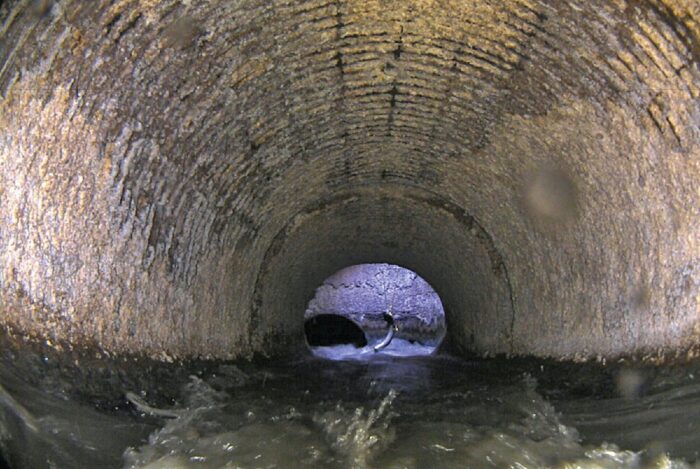
How to Operate a Sewer Snake Camera
Operating a sewer snake camera is pretty straightforward, but it does take some practice to master. The basic steps are:
Prepare the Equipment
- Make sure you have fully charged batteries in the camera and monitor.
- Attach the correct cable length for your needs. Longer cables, known as “push rods,” allow the camera to travel further into pipes.
- Ensure the camera lens is clean for a clear view.
Feed the Cable into the Pipe
- Slowly insert the cable into the pipe opening, manually guiding it in before turning on the motor.
- Once the cable is in the pipe, engage the motor to push the cable further. Go slowly to avoid getting stuck or damaging the pipe.
- Check the monitor continuously to see the camera view and ensure the cable moves unobstructed. Stop feeding if you see any issues.
Inspect and Document
- Carefully check the entire length of the pipe for any cracks, leaks, clogs, or other problems.
- Note the footage markings on the cable to determine the location of any issues.
- Record video or take screenshots of the inspection for your records and to show the property owner.
Retrieve the Camera
- Slowly reel the cable back out using the motor.
- Wipe down the camera and cable to remove any debris before storing.
- Review the footage again to ensure everything was noticed before ending the inspection.
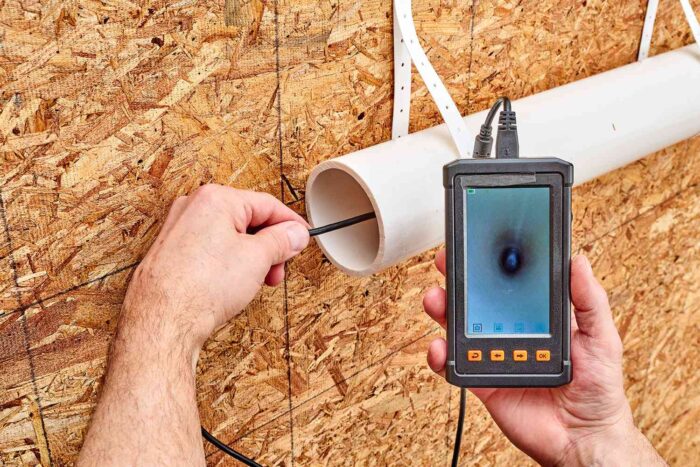
Uses and Benefits of Sewer Snake Cameras
One of the primary uses of sewer snake cameras is to inspect and assess the condition of underground sewer pipes. By feeding the camera down through access points like maintenance holes, you can get a good look at the inside of pipes to check for any damage, clogs, leaks, or other issues that need to be addressed. This allows plumbers and utility workers to locate and diagnose problems so they can perform necessary repairs or cleaning before severe damage occurs.
Sewer snake cameras are also helpful for routine maintenance and to ensure pipes are clear and flowing correctly. They can detect any minor blockages or debris buildup early on so they can be cleared out right away. This helps prevent significant clogs, backups, and overflows that can be hazardous, costly, and time-consuming to fix.
Do I need any special training to operate a sewer snake camera?
Operating a sewer snake camera is pretty straightforward but requires some basic training. The good news is many equipment rental facilities, and plumbing supply stores offer free short courses to teach you the basics. You’ll learn how to feed the snake into pipes properly, read the footage on the monitor, and identify any issues like clogs, cracks, or root intrusion. With a bit of hands-on practice under the guidance of an experienced instructor, you’ll gain the confidence to use a sewer snake camera for your residential plumbing inspections.
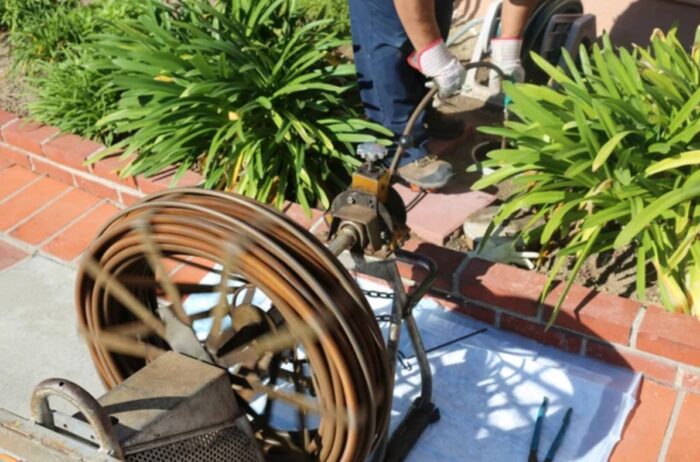
Conclusion
So there you have it, a beginner’s guide to sewer snake cameras. While these cameras may not be the flashiest or most exciting tools, they serve an essential purpose in keeping your plumbing running smoothly. Now that you know the basics, you can call a plumber to scope your sewer lines. And who knows, you may find a new hobby and start offering your plumbing inspection services to friends and neighbors. After all, everyone’s gotta start somewhere! If you dive deeper into drain cameras, remember to start slow, learn the ropes, and avoid biting off more than you can chew.





